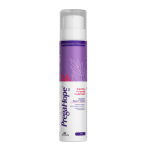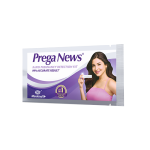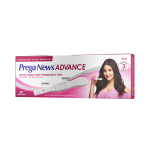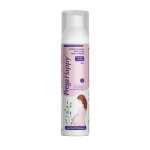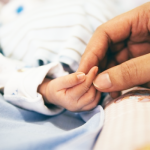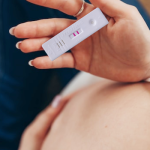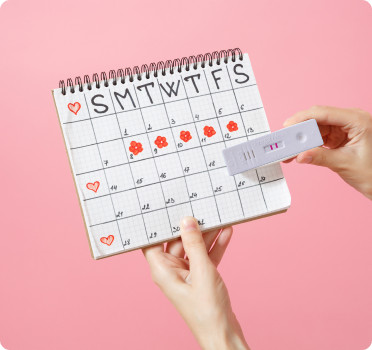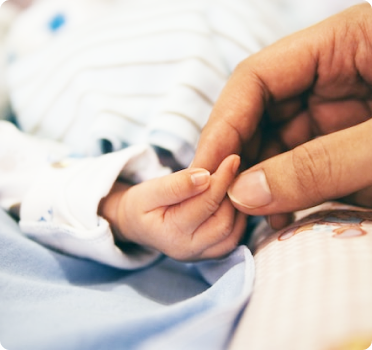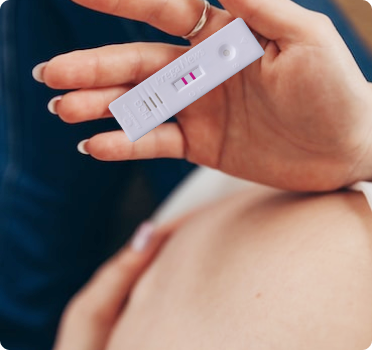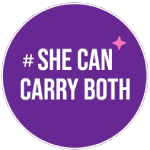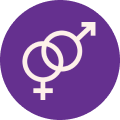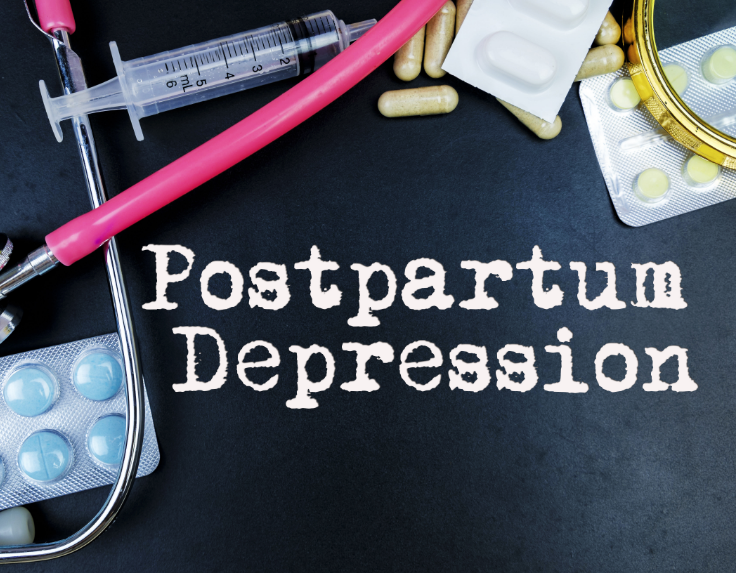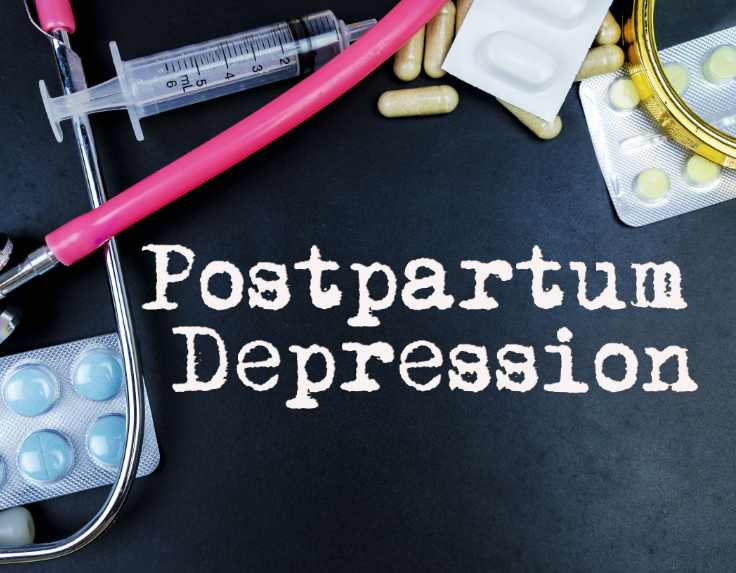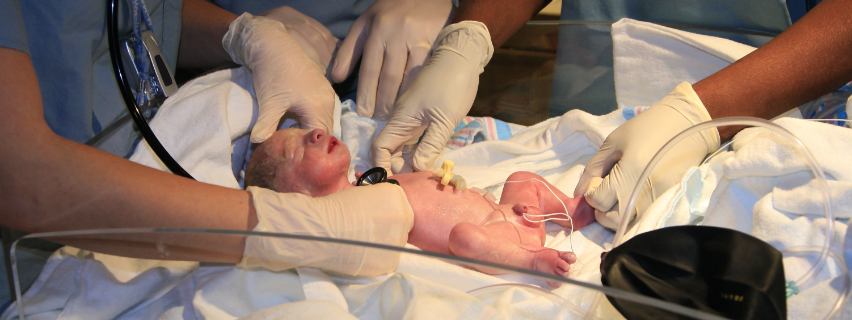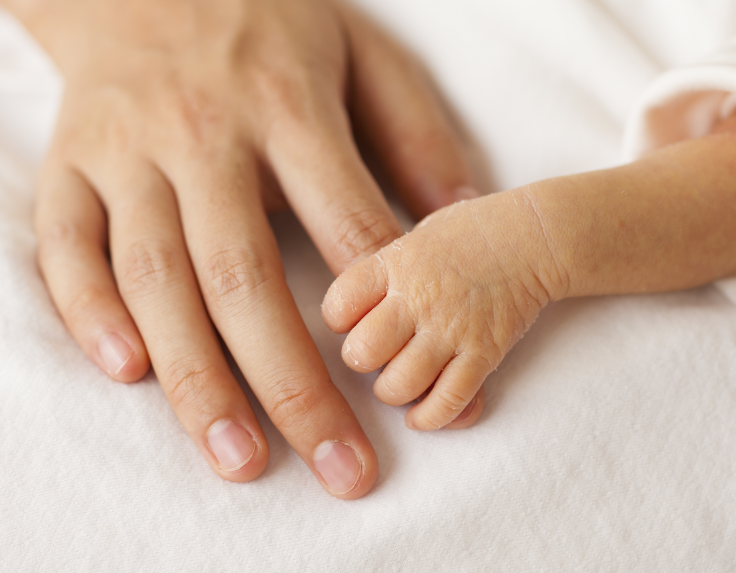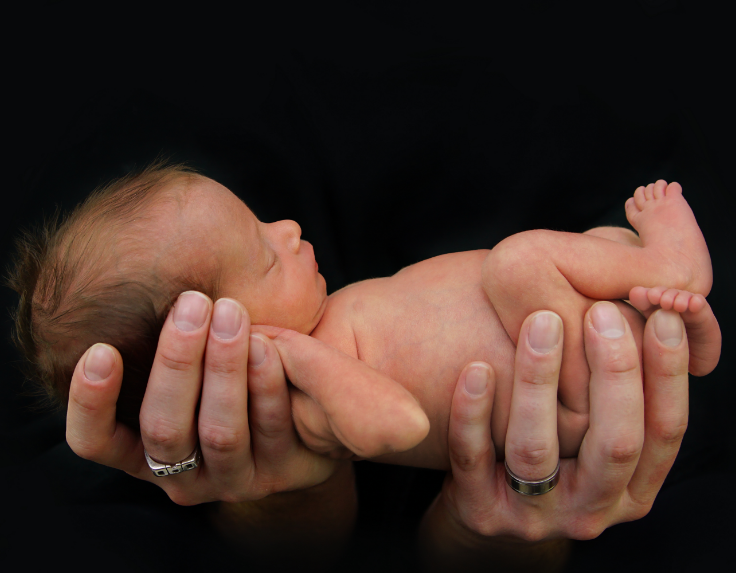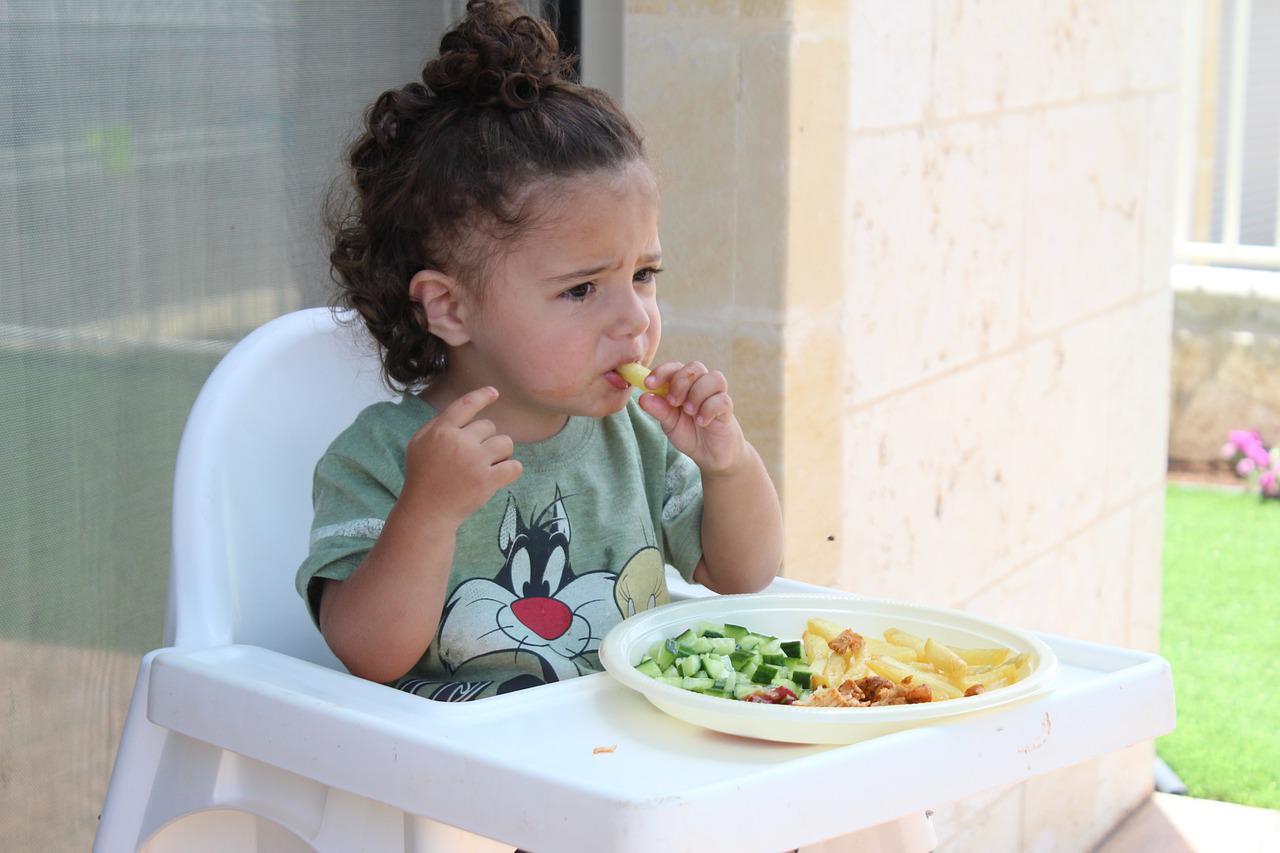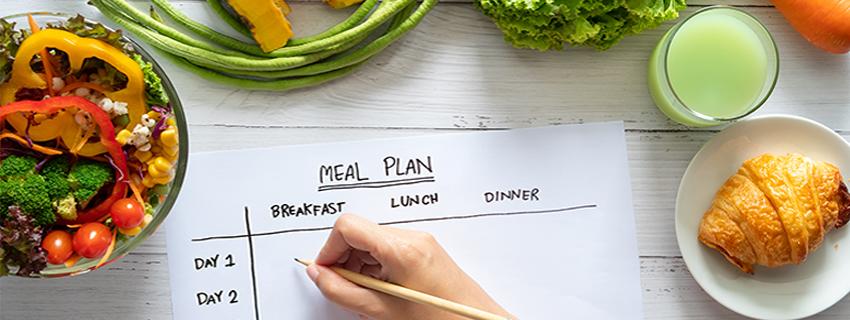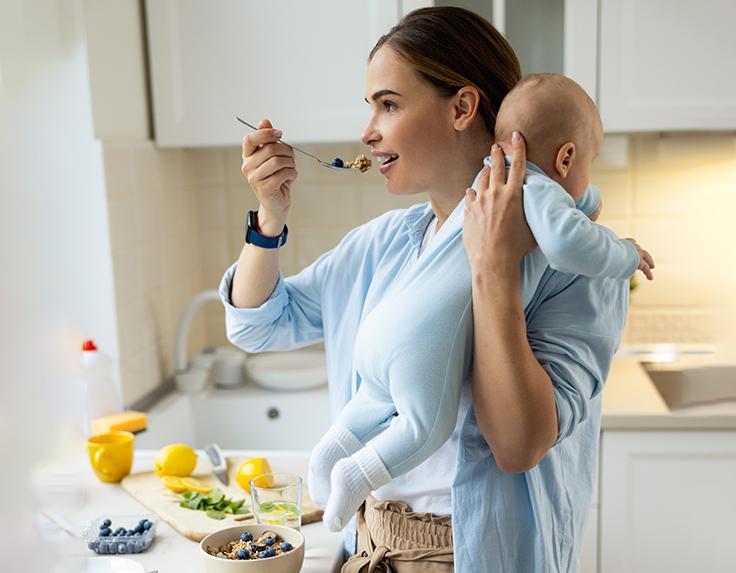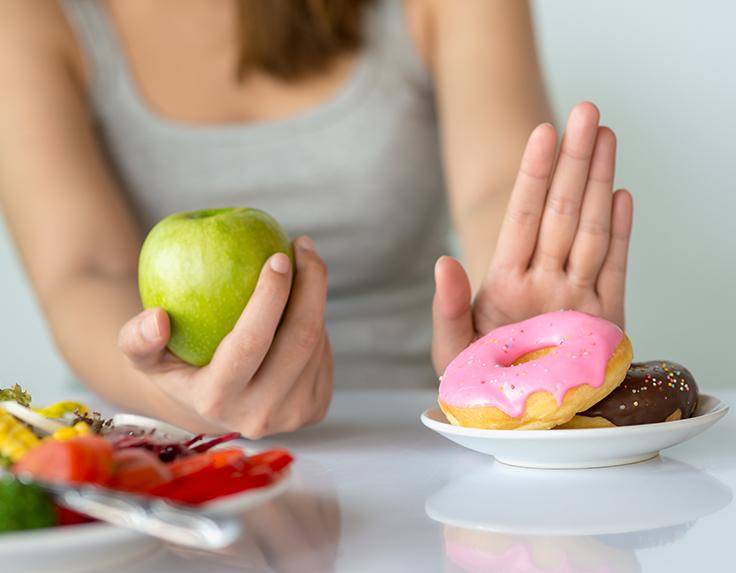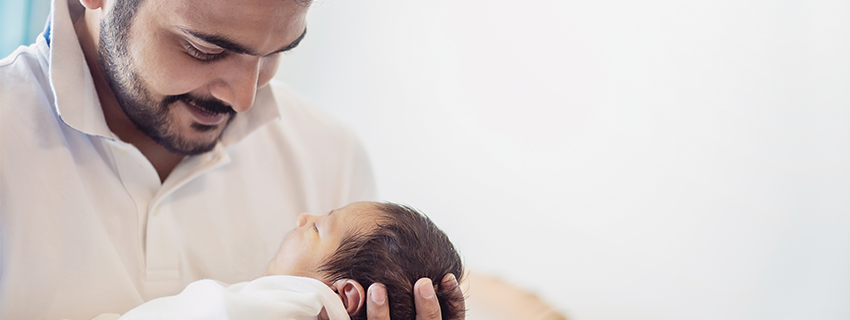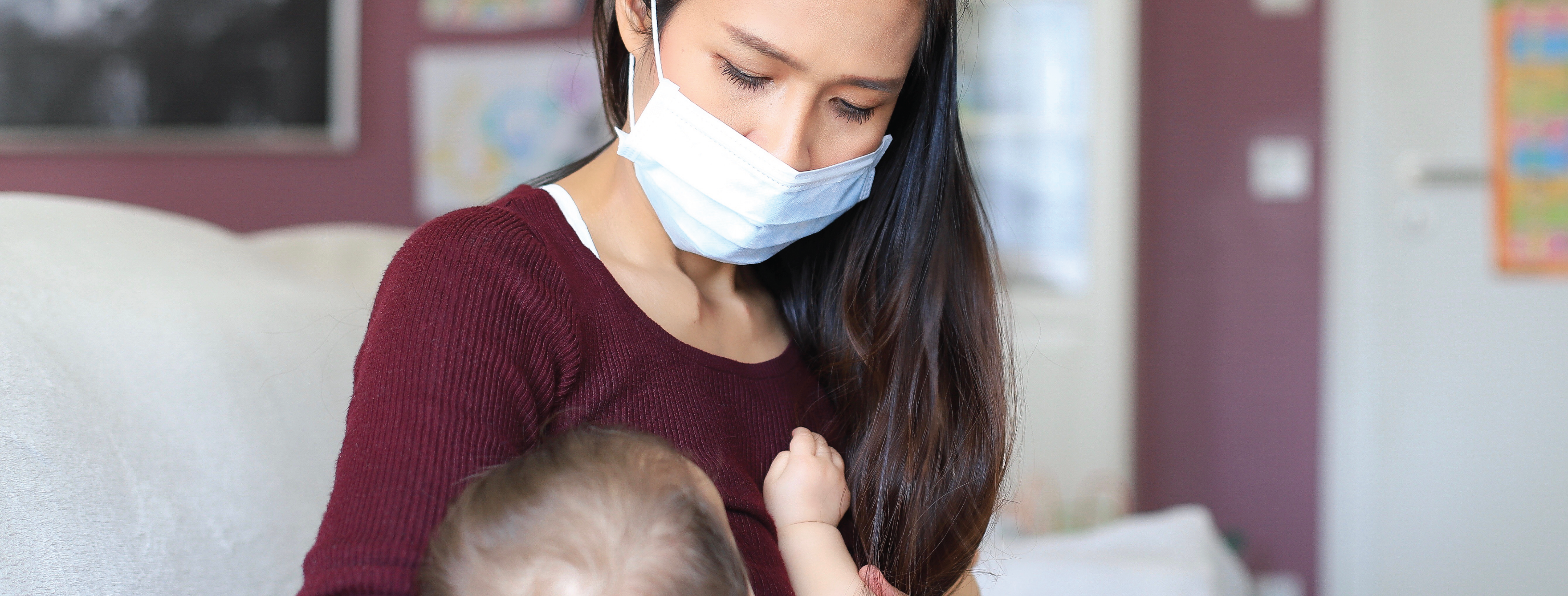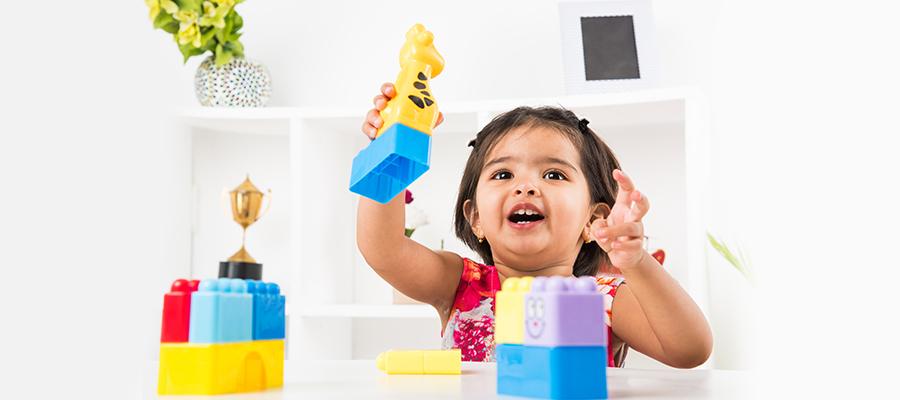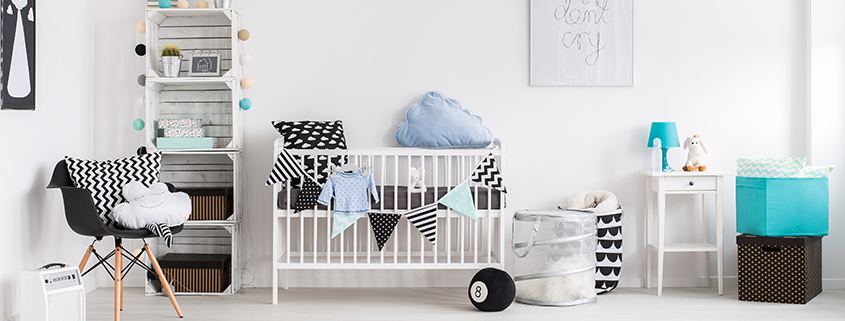What is happiness for a parent? Happiness is when you see your little one intaking solid food. Right? It is the dream of every parent to see their little pumpkins enjoying different delicious solid food. Are you one of such parents? Prega News helps you out in knowing some important facts about when you should start giving solid food to your baby so that the first bite of your baby becomes special. Introducing nutritious wholesome food to your baby helps to develop their taste buds as they experience different tastes and enjoy the texture of the food. Over time, they learn to distinguish between different types of food and develop their own likes and dislikes.
As parents, it is your responsibility to ensure that you feed them responsibly and not introduce them to junk food and sugary drinks which may spoil their teeth and health in the long run.
Prega News is your companion in your parenthood journey and offers you valuable information about “How to feed solid food to the baby? “ In this blog we have covered all the necessary details for new parents.
What foods should we introduce to the child?
Firstly, let your baby try a single food item at a time. This helps you to notice which food causes problems for your baby. Give them every food item for 3-5 days and notice what they like the most. Introducing semi-solid or solid food to your baby is totally an exciting milestone. As an infant’s parent, you would agree with this. When the baby turns 6 months, you can start giving them solid food in the right quantity. Some of the foods which you can give to your babies are Baby cereal (like barley, rice, oatmeal), Banana, Avocado, Sweet potato, Apples, Pears, Green beans, and Butternut squash, these are some solid foods. When you mash the fruits, vegetables, and cereals it becomes Semi-solid food for babies. Surely, the baby will enjoy the delicious taste and they will get good nutrition.


At what age should we start solid foods?
The best age to begin solid food for a baby is 6 months. At 6 months, your baby can digest some solid foods. Around that time, you can start introducing boiled lentil (preferably Moong Dal) and rice along with mashed veggies. 6 months is a perfect time to introduce solid foods to your baby. At this time, the baby will start adopting a new taste and will enjoy the food.
How to feed them?
Babies love to eat mashed or pureed food, as it gets swallowed easily. You must cook the food until it gets soft for the baby to eat. Mash the food with a fork. Puree or mash fruits, vegetables, and other foods till they become smooth. Start feeding one or two spoons, then increase the quantity.
How to prepare food?
You must be very careful when it comes to preparing food for your baby. Ensure that the containers are clean and the hands are well-washed before preparing baby food. Baby tummies are extra sensitive and any error could lead to an infection.
Here are some tips for food preparation:
● You must cook the food until it gets soft for the baby to eat. Mash the food with a fork.
● Puree or mash fruits, vegetables, and other foods till they become smooth.
● Hard vegetables and fruit like carrots, apples, are required to be cooked so that they can be easily pureed or mashed.
● You must remove hard pits and seeds from the fruit and cut them into smaller pieces.
The above are the best “First solid foods to feed baby”
When can babies drink water?
If your baby’s age is less than 6 months, then you must give them infant formula or breastmilk to drink. If your baby is 6 months, then you can give them a small amount of water to drink a couple of times a day. Don’t stop the breast milk feed. You can continue at least till the baby is 12 months old.
What changes can we expect after the baby starts solids?
As a parent, you will notice some changes in your little pumpkins, when they start intaking solid food:
● You might meet an unimpressed face
● Changes in Baby’s mood
● Poo sensations
● Breastfeeds may start dropping off
● It is possible that your baby will have sleep issues
● Gagging happens
● Your baby may have a unique food choice

(FAQ)
What is the first solid food a baby should eat?
You must be thinking “When to start solid food for babies” Right? So, If your baby is 6 months old, you can introduce solid food to them in any order. However, it is best to start with iron-fortified cereals, beans, pureed meats, and poultry. These are some recommended solid foods. If your baby is breastfed, you must provide a single food item at a time, as breast milk is full of nutrients.
What vegetables should a baby eat first?
With a smooth consistency and sweet taste, mashed carrots are loved by 4-6 month old babies. Apart from that, Acorn, Butternut squash, Sweet potato, Avocado Puree, Pear Puree, Banana Puree, and Green Pea Puree can be introduced first.
Is banana a good first food for a baby?
Bananas are the perfect first food to introduce to little ones. It is easy to digest, mushy, soft, and full of minerals and vitamins. You can easily add bananas with cereal and give them to your munchkin. The baby will enjoy the naturally sweet taste of bananas.
When can I give my baby water?
If your baby’s age is less than 6 months, then you must give them infant formula or breastmilk to drink. If your baby is 6 months, then you can give them a small amount of water to drink, if needed along with formula feed or breastmilk.
How many times a day should I feed solids to my 6 month old?
What you can do is – start introducing solid foods to your baby when they turn 6 months of age (not before 4 months). At first, your baby will take small amounts of solid foods. You must give them solids once a day, once they start liking it, give them twice or thrice a day. When your little one turns 8 or 9 months, give them solids as breakfast, lunch, and dinner.
Final Tips for Parents
It’s quite challenging to feed your little ones! Babies have their mood, sometimes they love to eat, sometimes they don’t intake anything. As a parent, you must have good knowledge about what, when, and how you must feed your baby. Create a 6-month-old baby feeding schedule for solid food and follow it. Babies are the most beautiful blessing of God! Right? Let your little blessing enjoy their taste with the right food! What else does a parent wish for? Feed your babies right and they will grow up hale and healthy with good physical and mental development.
Make feed time a delight and enjoy your munchkin’s growth phase!


